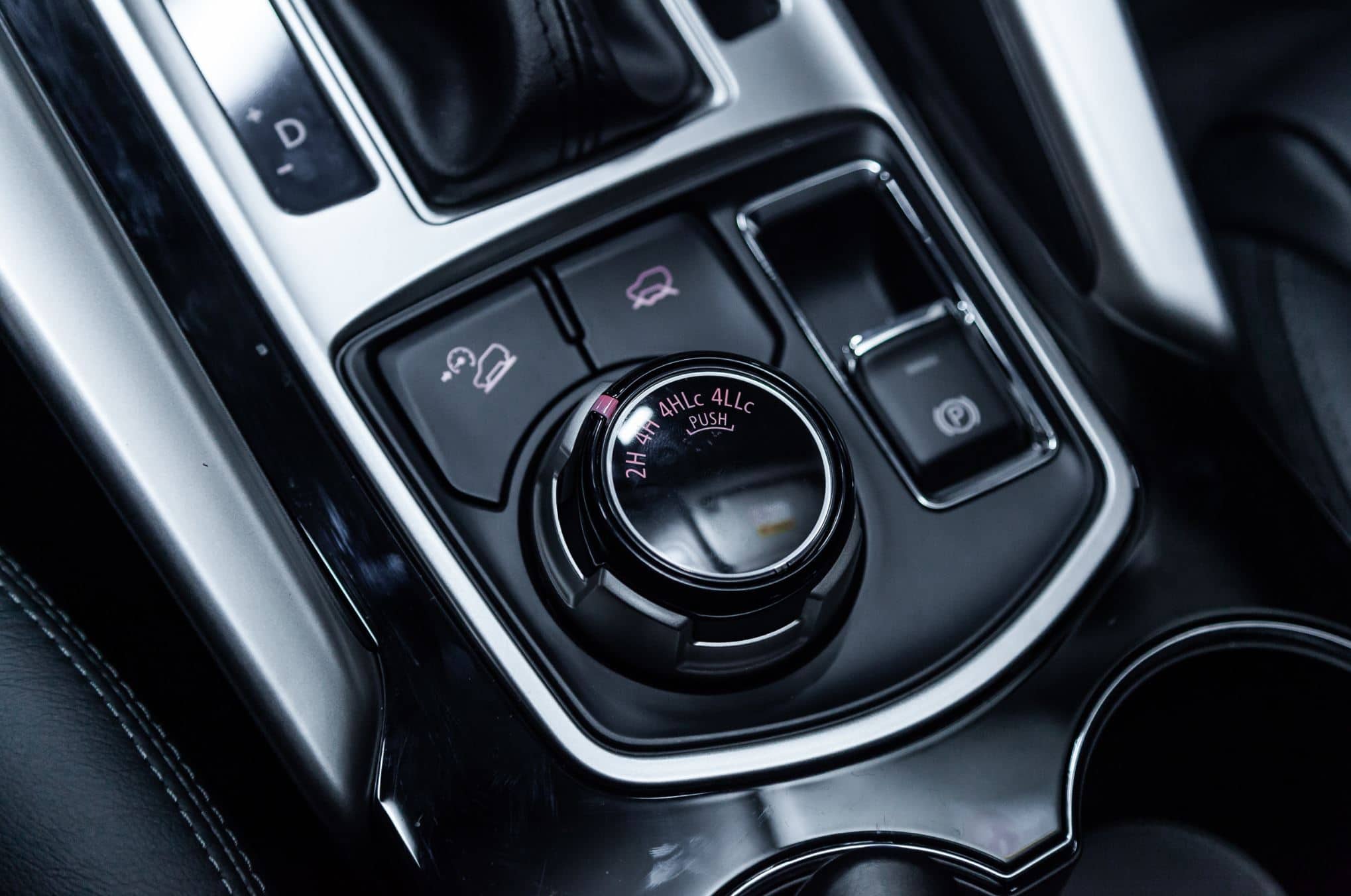Do Gas Brands Really Matter?
January 21, 2020What Should You Include in a Winter Car Emergency Kit?
January 29, 2020
Know How to Engage/Disengage Your 4WD Systems
Each 4 wheel drive system has its own steps for how you engage and disengage it and when you can operate the vehicle in 4WD mode. Learn which 4 wheel drive system you have by consulting your car’s owner manual or by asking a member of our Scott’s Fort Collins Auto team, who can figure it out from your VIN.
Older 4WD systems require that drivers engage the 4WD manually with the vehicle at a complete stop and the transmission in either Park or Neutral. Don’t attempt to engage these 4 wheel drive systems when the vehicle is moving because it can damage expensive components.
Most 4WD systems in newer vehicles can now be shifted in or out of 4WD as you are driving by merely pushing a labeled button. The most sophisticated 4WD systems are fully automatic where they shift in and out of 4WD automatically as the system detects the need for more traction.
Respect the Limits of 4WD Systems
Just because you have engaged your 4WD doesn’t mean that you can be less careful in wintry road conditions. Contrary to what many believe, 4WD doesn’t mean that you are going to fair better on ice and snow-covered roads if you are driving faster than conditions allow. As a matter of fact, some overconfident 4WD drivers will end up flipping their car because of the higher center of gravity, coupled with speeds that are too fast for the weather.
Don’t Drive Over the Recommended Speed Limits for 4WD Systems
Depending on if you are in 4-Low (4LO) or 4-High (4HI), you should stay within certain speed guidelines.
4-High permits the vehicle to drive at a faster speed, not to exceed 55mph. 4HI is used when more traction is needed because of snow, ice, muddy roads, rocky roads and other slippery conditions.
4-Low offers more torque which can get your vehicle out of precariousroad situations. When using 4-Low, it’s important to keep your vehicle at slow speeds. If you’re in 4-Low and think you can drive over 10mph then your vehicle can probably handle the road conditions in 4-High without any issue.
4-Low is best used for extremely slippery surfaces, very steep inclines, heavy snow, climbing or descending boulders, or powering through thick mud or sand or driving through deep water, says the 4×4 Off Road Network.
Understand How Often You Should Engage 4WD Systems to Keep Them Operating Correctly
4WD systems function best and endure the longest without problems with regular use and proper maintainence, following your car’s factory recommendations. 4WD systems that go unused for months can cause damage to expensive components. The linkage and hub components seize, the seals dry out and the lube drains off gears. Keep all 4WD components lubricated and in good operating condition by engaging your 4WD at least once every few months on wet pavement (seek out a secluded parking lot) while executing some figure eights, says Family Handyman.
Protect Your Drivetrain by Using Your 4WD Systems Appropriately
When we talk about drivetrain, we are talking about the mechanical system inside your car that connects the transmission to the drive axles. Your drivetrain has a series of part that all work together to help your wheels rotate and move correctly across various surfaces.
Drivetrain components are different from the engine components but closely use transmission components. There are four common drivetrain arrangements: Front-Wheel Drivetrains (FWD), Rear-Wheel Drivetrains (RWD), Four-Wheel Drivetrains (4WD), and All-Wheel Drivetrains (AWD).
As mentioned before, make sure that you follow appropriate speeds when your 4WD system is engaged. Also, don’t travel in four-wheel drive on flat, smooth, dry roads–this will damage your drivetrain.
Consult Your Vehicle’s Owners’ Manual to Get the Information You Need
Make sure and consult your vehicle’s owners’ manual to get the specifics on how the 4WD works in YOUR car. Not all 4WD systems are the same and you don’t want to do anything to damage your car.
Stop by our convenient Fort Collins location or schedule your appointment online to have your 4WD evaluated for safe driving this winter. You can also call Scott’s Fort Collins Auto at 970-682-4202 to let us know you’re coming or to ask questions about how to operate your car’s 4WD.
